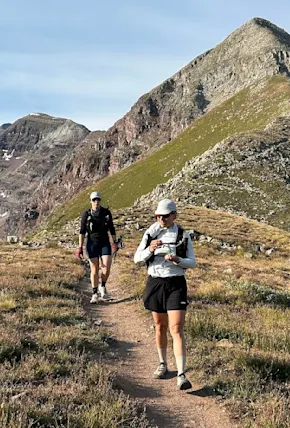Imagine you're on vacation in a beautiful Colorado mountain town. On your drive through a remote canyon, you see a group of people, young and old, dangling off an exposed cliff face above a raging river... and yet still somehow having a good time?
You've just witnessed your first via ferrata.
But what does is a via ferrata? In this guide, we'll answer this question and many others—including what gear to bring for via ferrata—and suggest 11 epic courses to visit across America. Read on for the full expert-written rundown, then get planning for your own adventure!
What Is Via Ferrata?
Not to be confused with a frittata, which is a whole other experience, via ferrata is an adventurous activity that combines hiking, climbing, and mountaineering following routes consisting of metal cables, ladders, and steps fixed to the rock face, allowing adventurers to safely traverse steep terrain and experience verticality in the mountains without Alex Honnold level expert climbing experience.
The origins of the via ferrata date back to World War I, when networks were built to transport troops in the rugged Dolomite mountains of Italy—loosely translated, via ferrata means "Iron Path" or "Iron Way" in Italian. The clever designs allowed Italian and Austro-Hungarian troops to gain high ground and move soldiers efficiently through the steep terrain.

















